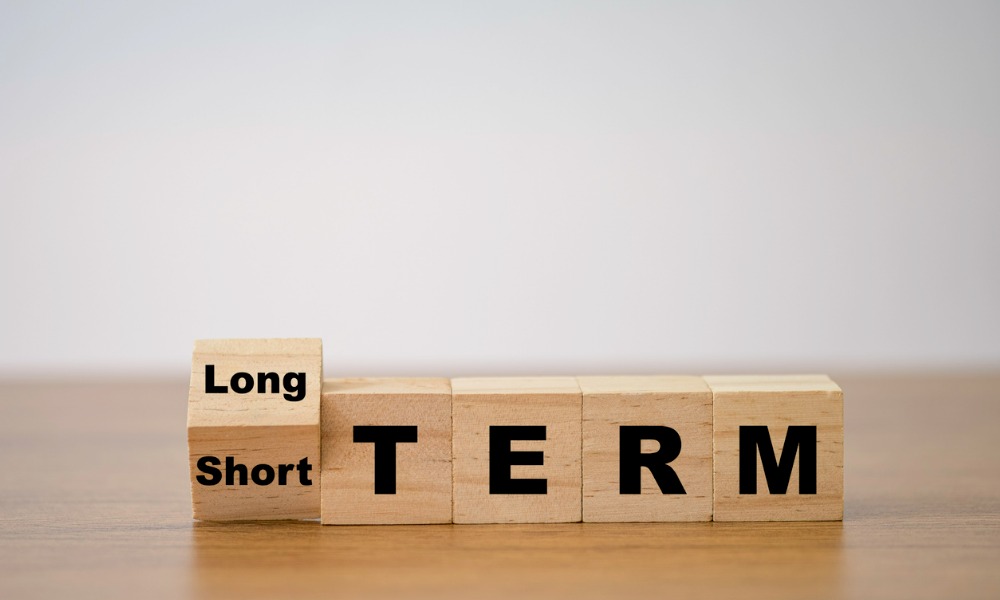AGF CEO and chief investment officer explains why speculative attitude among investors must give way to ‘more reasoned approach’

Over the past month, North American stock indexes appear to have been stuck in a holding pattern of minor declines and small surges that, in the end, have practically neutralized each other. But beneath those ripples on the broad market’s surface, there has been more substantial movements that suggest a need to go back to more prudent basics of portfolio management.
In a new blog post, Kevin McCreadie, CEO and chief investment officer at AGF Investments, highlighted the volatility and corrections that have not been evident from the apparent stall in the U.S. stock market overall.
Citing Bloomberg data, McCreadie noted that Bitcoin has declined by as much as 30% since the start of May, while SPACs have gone down by almost as much or more after a months-long episode of speculative surges.
“[T]he same goes for some of the frothier tech stocks whose profitability and ability to deliver sustainable cash flow growth is well into the future,” he added. As the tech sector has seen significant pullbacks driven by inflation and rate-hike fears, the economic recovery that’s firming up has pushed a continued run-up in some of the market’s more cyclical areas.
Those corrections, McCreadie said, suggests a transition from exuberance to caution among investors. While the stocks have rallied from their 2020 bottoms largely due to tremendous monetary and fiscal stimulus that have been “like a free pass” to let investors take on excessive risks. That wave of support, he said, is set to ebb as the economy normalizes from its aberrant pandemic state.
The new infrastructure bill from U.S. President Joe Biden, he noted, has been compressed substantially – from US$2.25 trillion over eight years originally to US$1 trillion in its latest incarnation – under the weight of congressional scrutiny over the past several weeks. Fed watchers, he added, are closely looking for indications on how it will respond to risks that inflation turns out to be higher and more sustained than it initially projected.
“For now, it’s holding the line by saying it has no plans to raise rates – at least until 2023 – but that could change,” McCreadie said. “[I]t will likely start tapering its latest quantitative easing program well before then, if not sometime as soon as this fall.”
Given how the equity investment environment is shaping up to be much less accommodative, and the economic outlook is still far from solid, he suggested that investors will be wise to lay down the sword of speculation, and pick up the tried-and-true tools of investing that many appear to have forgotten.
“There’s a strong argument to be made in this environment – and most others, frankly – for the use of a barbell approach that emphasizes quality stocks, but also doesn’t overly discriminate between growth or value or some other theme at the expense of proper diversification,” he said.
While tactical positioning isn’t necessarily a bad idea, McCreadie said the cyclical sector trade has already run pretty hot in 2021, which means investors must be careful about chasing returns that have been realized already. From a fixed-income perspective, he said one way for investors to defend against rising rates is to diversify beyond government bonds with a wider spectrum of fixed-income assets, including less rate-sensitive categories like high-yield credit.
“In addition, alternative asset classes and strategies – from private credit to equity hedges – are only becoming more important in the grand scheme of things as a potential means to higher income and lower volatility,” he added, stressing that individual circumstances and objectives should play a large role in informing portfolio management decisions.



